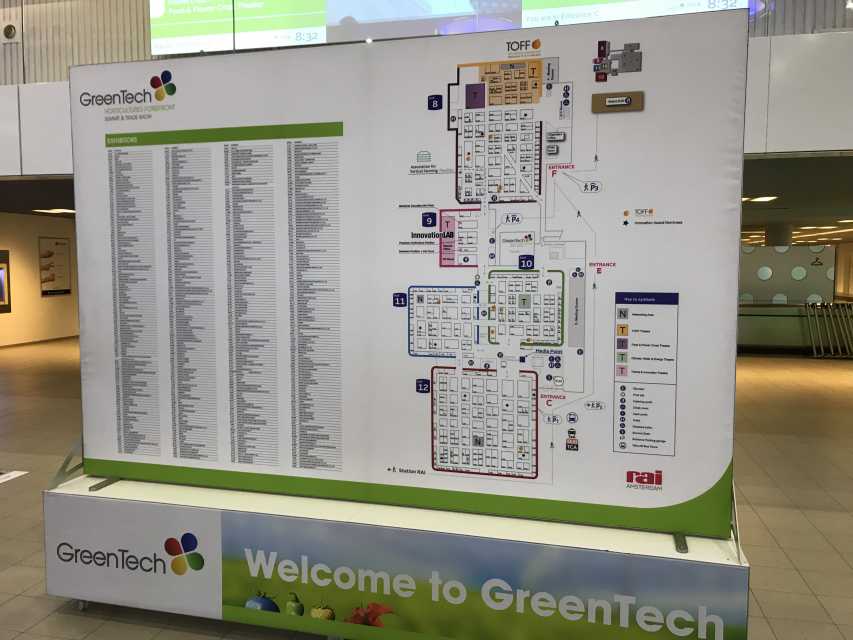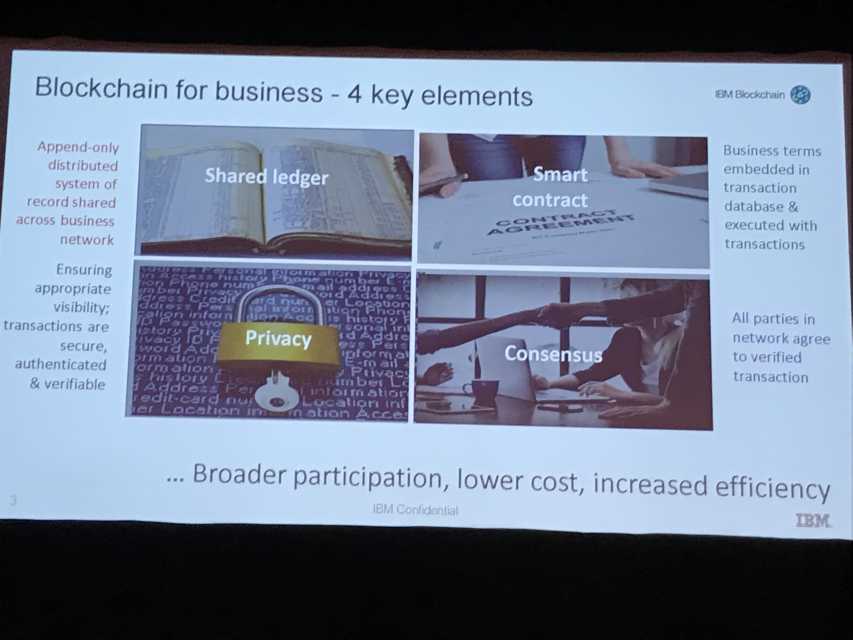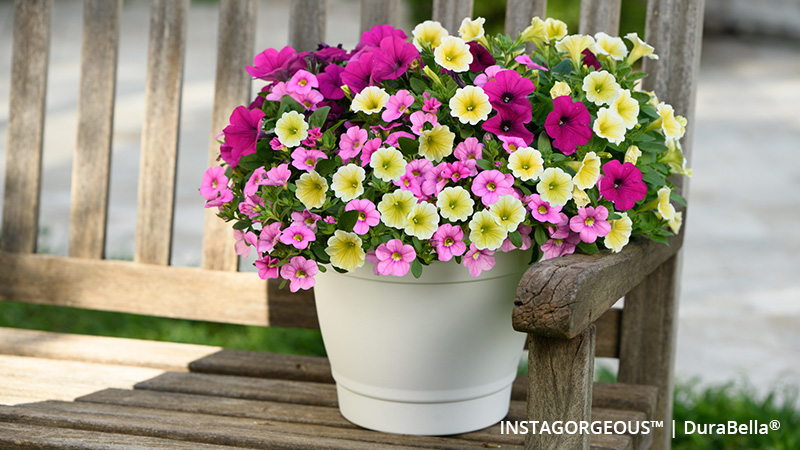Four Technology Trends From GreenTech That Will Impact Your Business

More than 10,000 visitors from 112 countries and nearly 500 exhibitors came to The Netherlands for the GreenTech event in early June.
It can be a little difficult to wrap your head around the speed of change in greenhouse technology these days, particularly in a setting like the recent GreenTech conference and exhibition in Amsterdam. It leads to a maddening series of business decisions for you as a grower. Should you look at automation now? Later? At all? What and how much do you need to do to manage your own operation more efficiently and keep up with your competition?
More than 10,000 visitors from 112 countries and nearly 500 exhibitors were there for the GreenTech event in early June. And after nearly a week of seeing and hearing so much of what is happening in Europe right now, I think I can say the good news is you don’t have to leap into anything tomorrow. But you’d be wise to start deciding where you want to be in the not-too-distant future.
A quote attributed to Bill Gates was brought up more than once throughout the conference: “We always overestimate the change that will occur in the next two years and underestimate the change that will occur in the next ten. Don’t let yourself be lulled into inaction.”
With that in mind, here are four trends and topics from GreenTech 2018 that seem on the precipice of significant development and adoption that could impact your business, or at least offer some opportunity.
Vertical farming. GreenTech is held in the Netherlands, so a lot of the technology we saw was directed first toward food production (although it certainly plays in ornamentals as well). Many people are extolling the potential to scale vertical farming technology to feed parts of the world where resources are scarce. I think this makes some sense in areas where land and resources are scarce. I’m still not sure the economics create that same potential for large-scale development here in the U.S. That said, this could be a profitable niche for serving the high-end local, same-day-fresh market, whether that’s restaurants, grocery stores, or other outlets. I heard food safety touted more than once as a big selling point for vertical farming, and with the recent issues with romaine lettuce and melons, that’s something to consider.
Genomics. Technology isn’t just being developed for the equipment you use. It’s happening for the plants you grow too.
“Genomics is one of the most important developments coming for the greenhouse and growers,” Ernst van den Ende, Director of Plant Sciences at Wageningen University in The Netherlands, said.
Virtual plant modeling — the ability to understand a plant’s genome and all the factors that go into making a plant what it is — allow us to use a computer to project what a plant will do if we make a tweak here or there with tools like CRISPR. No need to spend months or years making crosses, growing plants to maturity, seeing the results, and refining the process again and again.
“GMO is an old term,” van der Ende said. “New breeding technology is the future.”

The potential of blockchain in traditional transactions — like the ones you make with your buyers and your suppliers every day — makes it seem almost inevitable that this will be coming to the greenhouse marketplace.
Blockchain. Prior to the conference, there was a full-day GreenTech Summit devoted to discussion about where the greenhouse industry will be in 2028. A frequent topic was blockchain as a coming driver for the specialty crops supply chain. You probably have heard about blockchain as the technology behind Bitcoin and other cryptocurrencies. But its potential in more traditional transactions — like the ones you make with your buyers and your suppliers every day — makes it seem almost inevitable that this will be coming to the greenhouse marketplace. Big players like Walmart are touting its ability to help create food safety benefits through quicker traceability. But I think the biggest benefits appear to be in supply chain efficiencies and transparent transactions. I’ve heard suggestions that it will eliminate some of the players right out of the middle of the supply chain. I won’t pretend to be able to explain all the ins and outs of the technology yet, but this is coming and you’re going to be taking part.
Artificial intelligence (AI) and machine learning. In many cases, AI is already part of our lives (talk to Siri on your iPhone or Alexa on the Echo in your living room to find out more about that). And you’ve been reading in Greenhouse Grower about ways it’s coming to the greenhouse as well. In fact, I sat in on one provocative session at the show where the speaker declared growers will be extinct in the greenhouse in 2025 as developments in AI will have overtaken the skills of humans to accomplish the task.
2025 is only seven years away. That sounds like a pretty aggressive timeline to me. But then I think back to that Bill Gates quote.
Stuff’s happening here. We all need to be figuring out how we’re going to take part.








